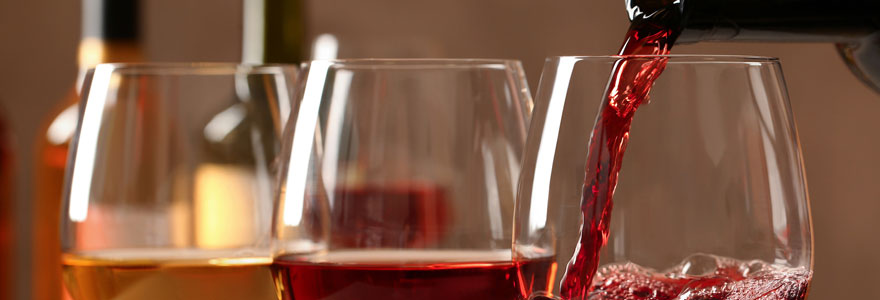The world of wine can be very confusing when it comes to selecting the perfect wine that will suit your taste. This is because France produces over 3000 different types of wine and a variety of almost 200 native wines. Imagine you’re in a French supermarket standing in the wine aisle wondering what wine you’ll pick from 500 different wines or in a restaurant and the menu has a 4-page list of various wines can be very exhausting since you have zero idea on where to start. In this article, is a some of the tips and guidelines one can use when wanting to pick out the best French wine.
1. Choose wine completely controlled by the vineyard or the winehouse
When picking out wine, make sure to choose one that was bottled where the wine was originally made, like Barton & Guestier wines. This means that the whole process of making the wine was done and completed by the control of the vineyard. take good look at words like mis en bouteille à la propriété or mis en bouteille au château.
2. Major interest in the grapes
The best wines are those coming from a certain region famous for the growth of grapes or from the best known winemarkers. Most wines from these regions are labelled with abbreviations like AOC or AOP on the labels. These type of wines automatically guarantees that the wine will be of the best quality.
3. The bottle Capsule
This is the metal part covering the top bottle and it tells you more about the wine bottle. Different wines have different colours on their capsules, these colours include;
• Green.
The green colour shows that the wine is among the AOP or AOC labels. Indicating that the wine is of good quality.
• Blue.
The blue colour means that the wine is from Vin de table or Vin de pays which are mostly associated with being cheap and available.
• Red.
The red colour indicates that the wine is not among the earlier mentioned, and it’s just ordinary wine. Ordinary wines aren’t necessarily from a specific region or are made in a specific way.
On every capsule, there’re also some letters that play a significant role in determining the origin and quality of the wine. These letters include;
• Letter R.
It stands for recoltant. This means that the wine was made by the same person who grew the grapes and produced them.
• Letter N.
It represents non-recoltant or Negociants. This means that the winery doesn’t belong to the owner of the wine.
• Letter E.
It stands for entrepositare agree. This shows that the person marketing and doing commercials for the wine has little or no connection with the process of growing grapes and he mostly buys his grapes in bulk.
In short, if you decide to pick out your bottle labelled R with green colour, you are most likely able to pick out a perfect French wine. This doesn’t mean that other French wines are horrible, the key is looking for the perfect wine that suits your taste!
4. Prices don’t determine French wine quality
In France, many good bottles of wine range at low prices and as a result, assuming that the quality of the wine depends on how expensive it is, then you are wrong.
5. The type of wine depends on the occasion
If your destination is a party where the wine will be shared among your friends, you are advised to choose a rose or white wine because most people like and will have plenty of drinking. If the wine comes with a meal, then you should consider checking the weight of the food first as it should be equal to that of the wine. A good example is when you’re having a heavy meal consider taking a richer and heavier wine and in case you decide on delicate foods then light wine should be used. The general rule is always that red wines go well with red meat and strong flavours while white wines are best for light salads, seafoods or even chickens.
Final Thoughts
When picking out wine always remember that your taste matters. Keep in mind which wine you’d like to acquire after a deep research and write it down just in case.
